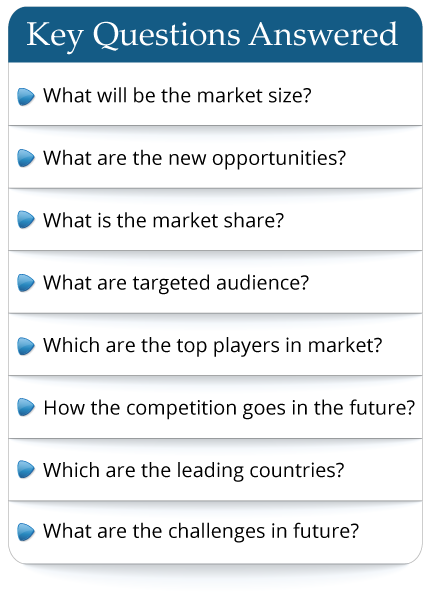As a kind of robot designed to interact with humans at close range in a common working space, collaborative robots can make robots and humans work together on the production line, so that robots can completely get rid of the shackles of guardrails or cages, and give full play to the robot’s Efficiency and human intelligence. This kind of machine can balance the necessity of safety with the demand for flexible productivity.
Market Analysis and Insights: Global Collaborative Robot (Cobot) Market
Due to the COVID-19 pandemic, the global Collaborative Robot (Cobot) market size is estimated to be worth US$ 771 million in 2021 and is forecast to a readjusted size of US$ 1682 million by 2028 with a CAGR of 11.7% during the forecast period 2022-2028.
Asia-Pacific is the largest market with about 54% market share. Europe is follower, accounting for about 29% market share.
The key players are Universal Robots, ABB, Rethink Robotics, Kawasaki, KUKA, FANUC etc. Top 3 companies occupied about 74% market share.
Global Collaborative Robot (Cobot) Scope and Market Size
The global Collaborative Robot (Cobot) market is segmented by region (country), company, by Type and by Application. Players, stakeholders, and other participants in the global Collaborative Robot (Cobot) market will be able to gain the upper hand as they use the report as a powerful resource. The segmental analysis focuses on sales, revenue and forecast by region (country), by Type and by Application for the period 2017-2028.
Segment by Type
Below 5 kg
5-10 kg
More Than 10 kg
Segment by Application
Automobile
IT
Metal and Processing
Plastics and Polymers
Food and Beverage
Others
By Company
Universal Robots
ABB
Rethink Robotics
Kawasaki
KUKA
FANUC
By Region
North America
U.S.
Canada
Europe
Germany
France
U.K.
Italy
Russia
Asia-Pacific
China
Japan
South Korea
India
Australia
Taiwan
Indonesia
Thailand
Malaysia
Philippines
Latin America
Mexico
Brazil
Argentina
Middle East & Africa
Turkey
Saudi Arabia
U.A.E
Market Analysis and Insights: Global Collaborative Robot (Cobot) Market
Due to the COVID-19 pandemic, the global Collaborative Robot (Cobot) market size is estimated to be worth US$ 771 million in 2021 and is forecast to a readjusted size of US$ 1682 million by 2028 with a CAGR of 11.7% during the forecast period 2022-2028.
Asia-Pacific is the largest market with about 54% market share. Europe is follower, accounting for about 29% market share.
The key players are Universal Robots, ABB, Rethink Robotics, Kawasaki, KUKA, FANUC etc. Top 3 companies occupied about 74% market share.
Global Collaborative Robot (Cobot) Scope and Market Size
The global Collaborative Robot (Cobot) market is segmented by region (country), company, by Type and by Application. Players, stakeholders, and other participants in the global Collaborative Robot (Cobot) market will be able to gain the upper hand as they use the report as a powerful resource. The segmental analysis focuses on sales, revenue and forecast by region (country), by Type and by Application for the period 2017-2028.
Segment by Type
Below 5 kg
5-10 kg
More Than 10 kg
Segment by Application
Automobile
IT
Metal and Processing
Plastics and Polymers
Food and Beverage
Others
By Company
Universal Robots
ABB
Rethink Robotics
Kawasaki
KUKA
FANUC
By Region
North America
U.S.
Canada
Europe
Germany
France
U.K.
Italy
Russia
Asia-Pacific
China
Japan
South Korea
India
Australia
Taiwan
Indonesia
Thailand
Malaysia
Philippines
Latin America
Mexico
Brazil
Argentina
Middle East & Africa
Turkey
Saudi Arabia
U.A.E
Frequently Asked Questions
This market study covers the global and regional market with an in-depth analysis of the overall growth prospects in the market. Furthermore, it sheds light on the comprehensive competitive landscape of the global market. The report further offers a dashboard overview of leading companies encompassing their successful marketing strategies, market contribution, recent developments in both historic and present contexts.
- By product type
- By End User/Applications
- By Technology
- By Region
The report provides a detailed evaluation of the market by highlighting information on different aspects which include drivers, restraints, opportunities, and threats. This information can help stakeholders to make appropriate decisions before investing.

 Pre-order Enquiry
Pre-order Enquiry Request Free Sample
Request Free Sample












